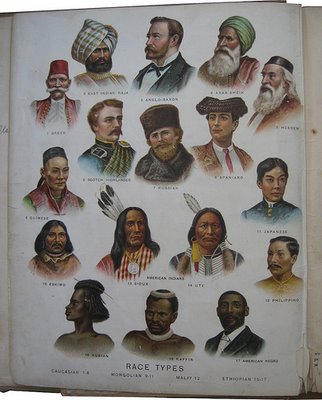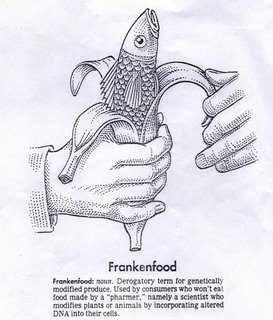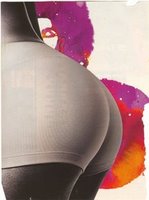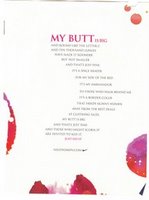Here is a website where you can quickly get U.S. Census Bureau data for a particular zip code. I use it to get information for my classes to help students make a connection to things we’re talking about sometimes. It has things like racial breakdown, educational levels, and average income.
This is a page out of an old school book, Maury’s New Complete Geography (1906). The plate is labeled “Race Types.” See the key at the bottom to which images are “caucasion,” “mongolian,” “malay,” and “ethiopian.” (You should be able to click on the image to see it larger.)

Super creepy TAB commercial:[youtube]http://www.youtube.com/watch?v=uDBJ2ktSZpI[/youtube] Another doozy from Molly M!Here’s another on the same theme (youtube says it’s from the ’60s):[youtube]http://www.youtube.com/watch?v=LbVyDYqsEK0[/youtube] Here’s another from 1982:[youtube]http://www.youtube.com/watch?v=LhGJvGhIzaw[/youtube] And this one, from 1984, cannot be beat for it’s essential ’80s vibe:[youtube]http://www.youtube.com/watch?v=7kymo2Vj6nw[/youtube]
Click here to watch a two-and-a-half minute video on CNN that addresses last year’s spate of race- and ethnicity-themed parties (see here). What is perhaps most amazing about it is the unbelievably impoverished analysis of what is happening and the fact that the video for some reason decides to end on an uplifting note (“their classmates had an important lesson on the danger of stereotyping”).
Thanks to Richard for this lead.
The coining of the term “frankenfood” to refer to genetically-modified (GM) food is an excellent example of the way in which words matter. As of today, a search for the word in google returns about 57,000 hits. It’s been quite an effective frame for the anti-GM food activists. Here are some examples of their work:
In her dissertation, Abby Kinchy discussed the way in which anti-GM food activists invented and used these frames to build support for their movement. In reality, though, (1) we’ve been genetically modifying food by other means for centuries (through cultivation) and (2) there is little evidence (yet) that such foods are all that dangerous.
Sources, in order, Green Acres Farm, Monsterzine, and Democratic Underground.
These advertisements, the first two for a brand of jeans called Apple Bottoms, all fetishize black women’s behinds:
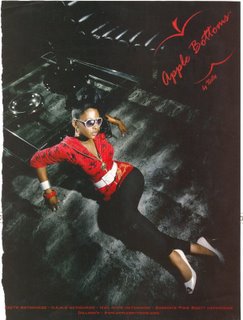
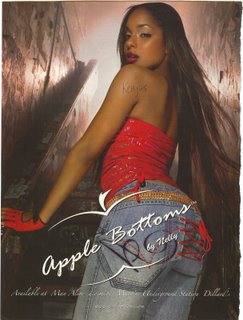
Underneath Beyonce’s name it says: “The body, the booty, the backstabbing.”
In this two-page spread, the body isn’t necessarily black… but it might be an interesting question as to whether the viewers assume, or might be expected to assume, it is.
Text:
MY BUTT is big
and round like the letter c
and ten thousand lunges
have made it rounder
but not smaller
and that’s just fine.
It’s a space heater
for myside of the bed
It’s my ambassador
to those who walk behind me
It’s a border collie
that herds skinny women
away from the best deals
at clothing sales.
My butt is big
and that’s just fine
and those who might scorn it
are invited to kiss it.
I think it’s interesting the way this poem pits “skinny women” against women with a big butt… so valorizing the big butt but only by taking down the skinny (white?) girl.
Divide and conquer.
You might pair these images with this post about a Pilates DVD.

